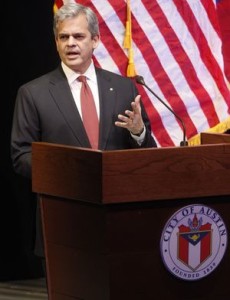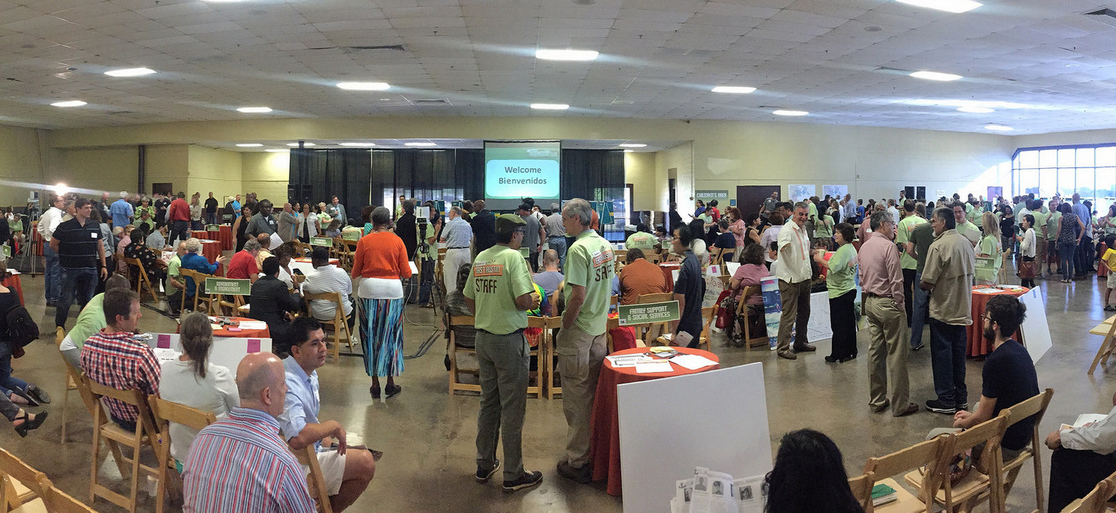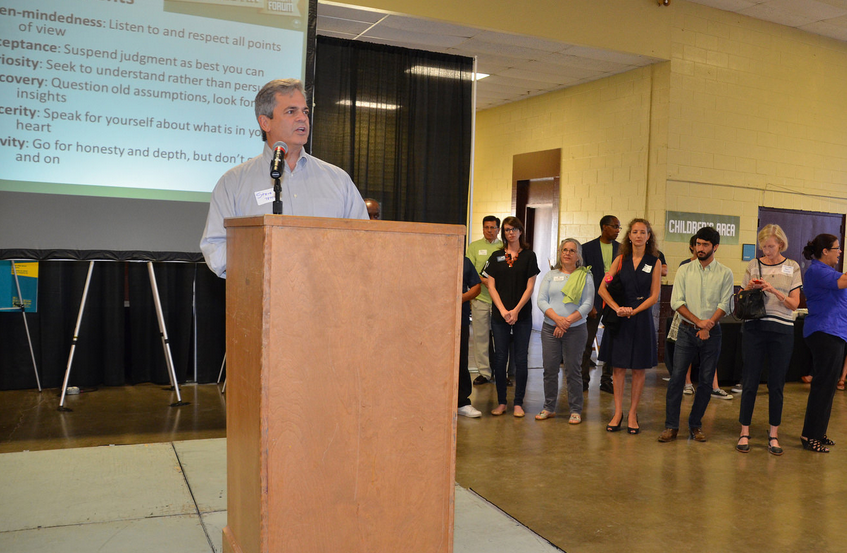In an editorial post ed on Feb. 19, 2016, The Austin American-Statesman keyed on a short portion of his State of our City address that could make a big difference in your property tax bill:
ed on Feb. 19, 2016, The Austin American-Statesman keyed on a short portion of his State of our City address that could make a big difference in your property tax bill:
“When AISD taxes you a dollar on your tax bill, a big chunk of it leaves and isn’t available to be spent here for services. But if the city taxed you for that same dollar, all your money does stay here. Austin taxpayers could save money or get more for the taxes we pay by having the city and the school district engage in a tax swap.”
The Statesman wrote that the tax swap was “one of the more interesting proposals Austin Mayor Steve Adler cited in his state of the city address” and “an idea worth exploring as the Austin school district is expected to send evermore of its local tax revenue to the state in an arrangement that shortchanges taxpayers and students.”
If done right, a tax swap would present taxpayers with the promise of a tax cut, schools with the possibility of more money, or a combination of both, because it would result in sending less of our school tax dollars to other school districts. Right now, AISD (where 60% of students qualify for free or reduced-price lunches) sends $181 million in tax revenue our of town in 2015 because of our broken school finance system. This is equal to a quarter of the school districts total Maintenance and Operations tax collections.
Meanwhile, AISD taxes the average homeowner an average of $1,000 a year. People in Austin have a lot to gain from a tax swap, and this could go a long way toward addressing our affordability crisis.
On Feb. 11, 2016, the Council approved Resolution No. 201602011-015 directing the City Manager to explore a tax swap, including the legal issues and a cost-benefit analysis. We’ll keep you posted on how this goes.
Photo credit: Stephen Spillman



